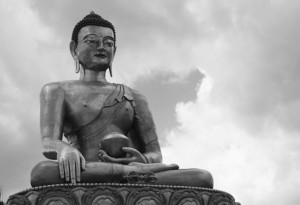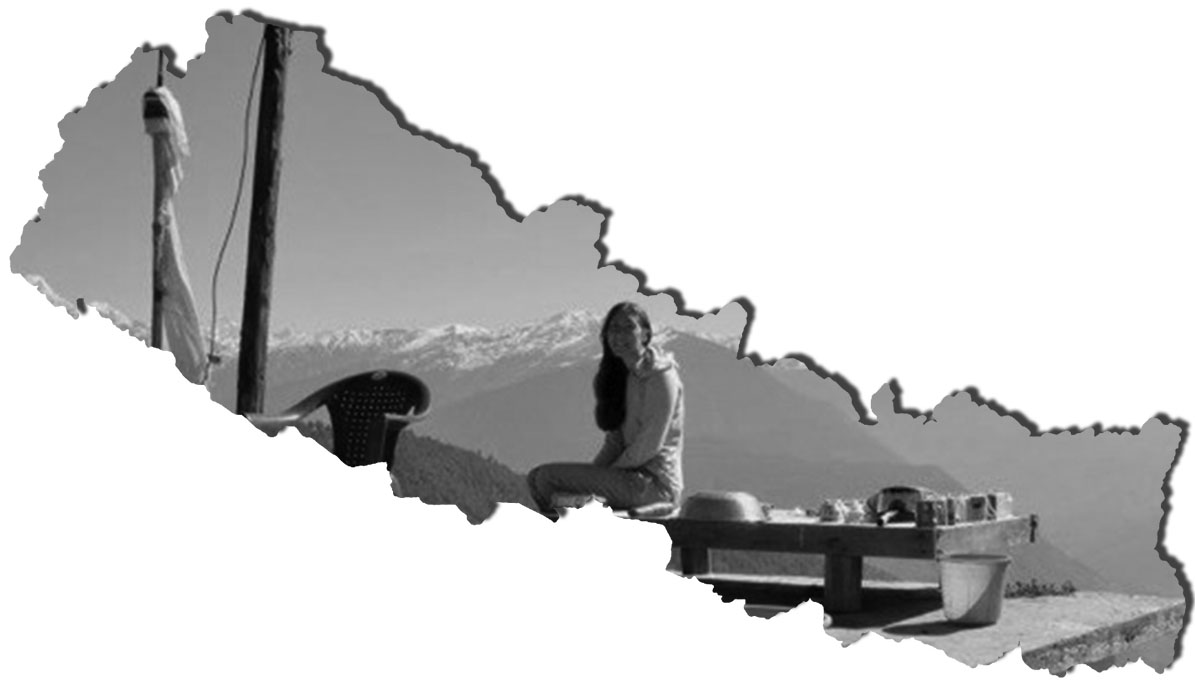The first thing people associate with Nepal is the Himalayas. If there is one thing you should understand about Nepal, it’s that it isn’t just Himalayan mountains. Yes, it has some of the world’s tallest mountains but there are also jungles with tigers and rhinos, a sprawling urban capital, a developing government, and the rich culture of a country that’s never been conquered.
In the spring semester I took a hiatus from my life as a Physics Major to study abroad in Nepal, learning about Tibetan and Himalayan peoples and cultures. I studied under a SIT (School for International Training) program which provides experiential learning opportunities abroad. Through this program, I got to learn the language, experience a home stay, and complete field-based study. Throughout the semester we took learning outside the traditional classroom and had lectures at monasteries, local markets, and even on a mountaintop. On one excursion, we travelled to a remote village in the Himalayas in time for a religious festival celebrating the year’s first full moon. As part of the celebrations, we joined the village as they feasted and danced late into the night.
Sandwiched between India and China, Nepal is home to 27 million people and eight of the world’s ten highest peaks. Its geographical isolation, which has kept out invaders for hundreds of years, has helped preserve its customs and culture. Today, the various ethnic groups of Nepal are more passionate about their heritage than ever, which is reflected in everything from national politics to local ethnic beauty pageants.

Over the semester, I learned how to navigate the crowded streets, haggle with taxi drivers, and wear traditional clothing. Needless to say, Nepal provides a beguiling location to study abroad.
The focus of my program was on Tibet. We stayed with Tibetan families, learned Tibetan, and learned about the history and politics of Tibet.
Based in Nepal, we were able to see firsthand the effects of the Chinese occupation in Tibet and politics that are still in play. For one class, we interviewed Tibetan elders in the community who had escaped from Tibet by walking across the Himalayas. During the Tibetan New Year, a Tibetan monk from a local monastery self-immolated in protest of the Chinese occupation of Tibet. In the days and weeks afterwards, we were able to witness first-hand the resulting crackdown by the Nepali government, under pressure from the Chinese, as police troops continually patrolled the main square.
During the semester I travelled throughout Nepal, took a three week excursion to Bhutan, and completed an independent study project in Dharamsala, India. It is hard to sum up four months of experiences, but I can say I interviewed Tibetan elders to document their traditional folklore, I met the first Bhutanese rapper who is also a reincarnated Lama, I went to an address given by the Dalai Lama, I saw the Taj Mahal and I climbed a peak in the Himalayas. So yes, Nepal does have big mountains, but it is also home to a multitude of other things that would take a lifetime to experience.
